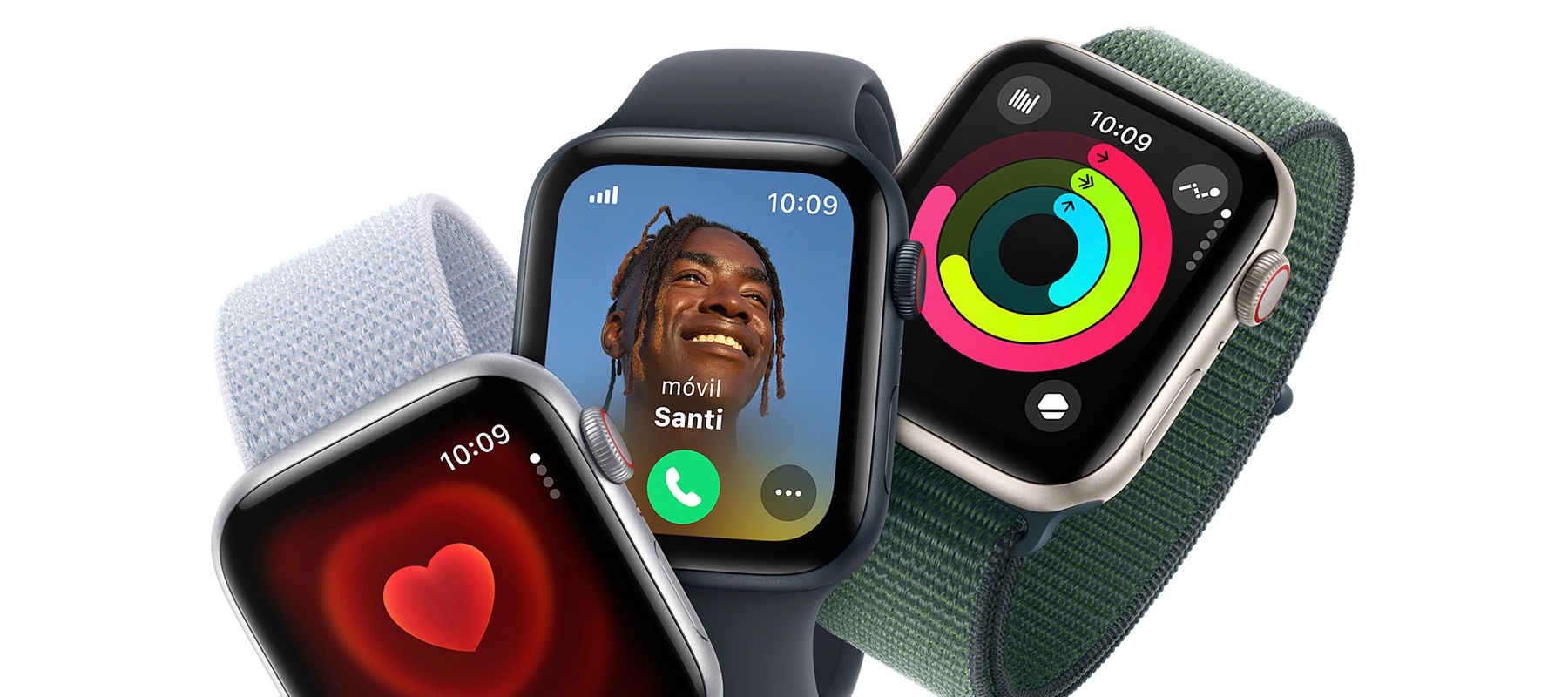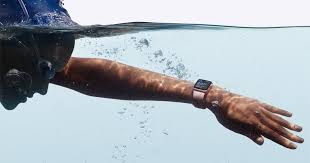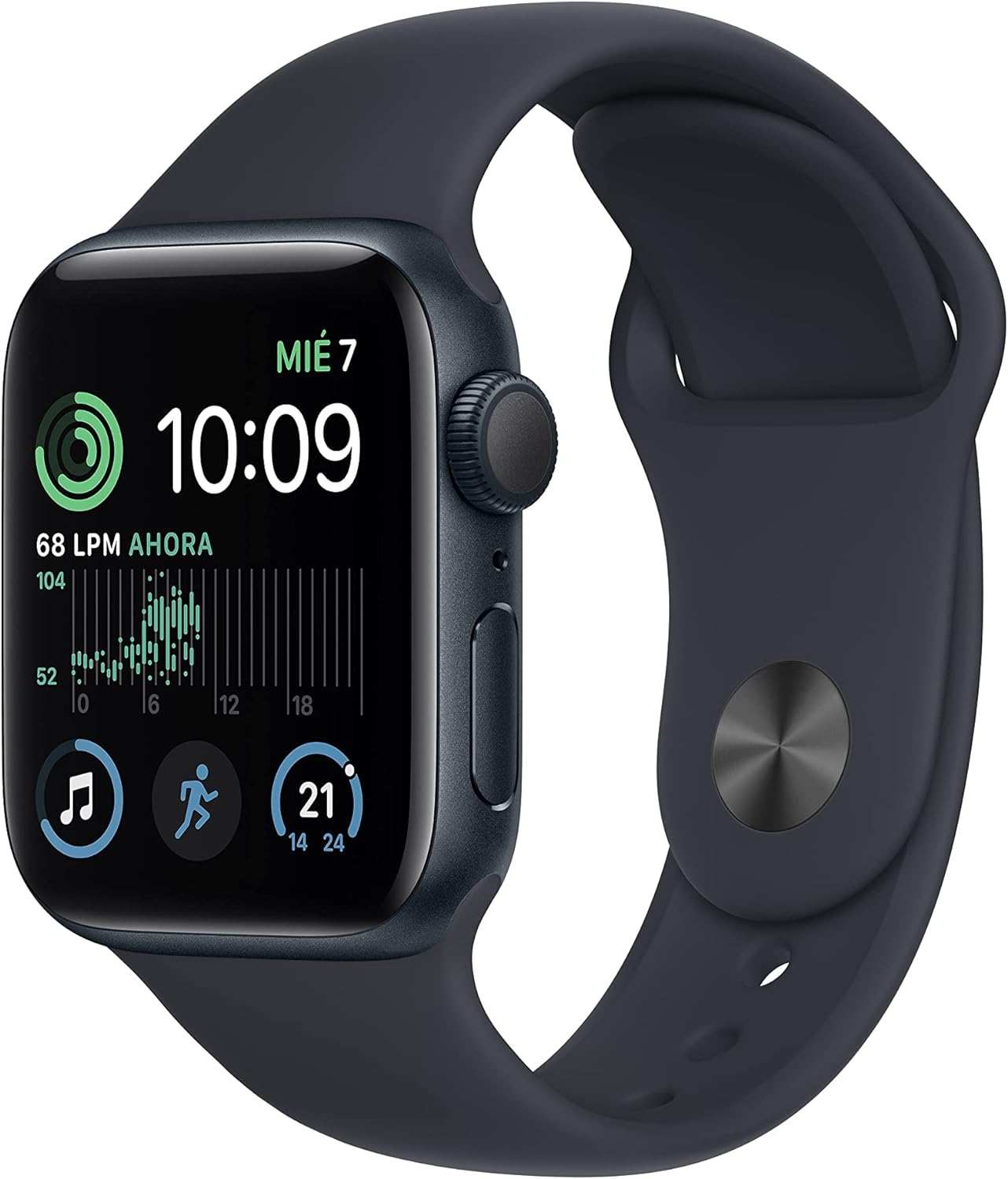Let’s not kid ourselves—every year, Apple throws a new Watch at us and we ask the same question: Is it finally worth the upgrade, or just another shiny distraction? This time, with the Apple Watch Series 10 stepping up against the Apple Watch SE 2, it feels like the clash is more about identity than specs.
Because on paper, they both do “watch stuff,” run WatchOS 11, and fit nicely into the Apple ecosystem. But when you actually wear them? Use them? Try to make them part of your routine? That’s when the cracks start to show—and where the differences become impossible to ignore.
Let’s pull these two apart and figure out which one deserves that prime spot on your wrist.
Design evolution or just cosmetic difference?

At first glance, it’s all rectangles and rounded corners. But the more you wear them, the more you realize: the Series 10 just looks and feels like the future. With its flatter edges, thinner body, and refined finish—especially in titanium—it quietly distances itself from the SE 2, which sticks to a more playful, approachable design.
The Series 10’s chassis is crafted from titanium or aluminum with sapphire crystal on the front and ceramic on the back. The SE 2? Just aluminum and a plastic composite back. Functional, yes—but it doesn’t exactly scream premium.
And then there’s the display. The SE 2’s 1,000-nit Retina OLED isn’t bad, but the Series 10 blows it out of the water with up to 2,000 nits of peak brightness. The always-on LTPO3 OLED display means you don’t have to flick your wrist to see the time—and once you’ve used that, going back feels archaic.
Thinner bezels, better angles, and a more fluid viewing experience give the Series 10 a visual edge that’s impossible to unsee. It’s not just brighter—it’s more alive.
Speed, gestures, and a smarter brain
Under the surface, the divide widens. The Series 10 runs on the brand-new S10 chip, a 64-bit dual-core processor with a 4-core Neural Engine. The SE 2, meanwhile, is still running the S8 chip from a couple generations ago.
And yeah, both run WatchOS 11 and handle everyday tasks smoothly enough, but only the Series 10 supports new features like the double tap gesture, which changes how you interact with the watch when your other hand’s full—or dirty, or holding a toddler, or halfway through a plank.
Siri’s had a glow-up too. With on-device processing on the Series 10, you get faster responses, even when offline—and it can now access your health data directly. That means asking about your heart rate or cycle data doesn’t ping a server somewhere first. It just happens.
The SE 2’s Siri? Still doing its best, but it’s playing catch-up.
Health tech that goes beyond just closing rings

If you’re the type who wears a smartwatch for more than just steps and heart rate, this is where the Series 10 pulls ahead fast.
It’s loaded with sensors: a third-gen optical heart sensor, electrical heart sensor (for ECG), a wrist temperature sensor, and even a depth gauge. That’s not fluff—that’s retrospective ovulation tracking, potential sleep apnea alerts, and better context for overall wellness.
The SE 2? It gives you heart rate, basic sleep tracking, and cycle tracking without the temp sensor. You get the general idea, but miss out on the deeper insights.
Both can use the new Vitals app and track Training Load, but only the Series 10 gives you the hardware to back those features up with real data.
The screen: brightness is just the beginning
Sure, numbers matter—2,000 nits on the Series 10 versus 1,000 on the SE 2 is a huge gap. But it’s more than that.
The Series 10’s LTPO3 display doesn’t just get brighter—it adapts. Ambient light shifts? It adjusts. Want to glance without moving your arm? Done. The always-on feature adds a sense of continuity you don’t realize you need until it’s gone.
And let’s not ignore the resolution bump. Everything from text to animations looks crisper, sharper, and more fluid on the Series 10. The SE 2 does fine with static screens, but once you start scrolling or navigating apps, it’s clear which one is newer.
Built tough, made smarter

Both are water resistant and swim-ready, but only one’s built for more than pool laps. The Series 10 includes a depth gauge and water temperature sensor, giving open-water swimmers and divers better feedback.
Scratch resistance? Not even close. The Series 10’s sapphire crystal face laughs off scratches where the SE 2’s Ion-X glass would flinch.
Despite being slightly heavier, the Series 10 wears surprisingly light. It’s thinner, better balanced, and the titanium option feels more like a watch and less like a gadget. The SE 2 is featherweight, sure, but it feels a bit more like a toy than a timepiece.
Charging speed isn’t just about convenience—it’s about lifestyle
Here’s the kicker. Battery life? Technically the same—up to 18 hours. But the Series 10 charges faster. A lot faster.
From 0 to 80% in just 30 minutes. That means you can forget about charging overnight. Toss it on the puck while you shower or make coffee, and you’re set for the day. Even 15 minutes gives you hours of life.
The SE 2, meanwhile, can take over 90 minutes to charge fully. And that’s when you start noticing the friction.
In low power mode, both stretch out to around 36 hours. But the way the Series 10 handles power management just makes it easier to live with.
Smarter connections, smoother interactions
This one’s sneaky but important: the Series 10 includes the second-gen Ultra Wideband chip. That means ultra-precise Find My iPhone, smarter handoff features, and potentially new spatial tricks Apple hasn’t even rolled out yet.
Bluetooth, Wi-Fi, and Cellular options are consistent across both models, but only the Series 10 feels like it’s designed for what’s coming next.
You unlock your Mac faster. You get more responsive sync with your iPhone. And everything just feels… tighter.
Lifespan and updates: who’s built for the long haul?

Here’s where future-proofing matters. The SE 2 came out in 2022. The Series 10? It’s the class of 2025. That means longer support, more years of WatchOS updates, and better compatibility with new Apple features.
Apple typically supports watches for around five years. That gives the SE 2 maybe another two or three, while the Series 10 is probably good until the early 2030s.
So if you’re trying to make this a long-term investment, there’s no question—the Series 10 gives you more road ahead.
And now, let’s be blunt about it
After putting them side by side, day after day, it’s clear: the Apple Watch Series 10 just leaves the SE 2 behind.
It’s not just the brighter screen or the snappier processor. It’s the accumulation of small changes that reshape how you use the watch. From double tap gestures to better charging, from deeper health insights to faster Siri responses—it all adds up to a smarter, smoother, more intuitive experience.
The SE 2 still has a place. It’s for those who want the basics, don’t care about extras, and just want something reliable that fits into the Apple world. And for the price? That’s fair.
But if you’re even slightly tempted by the idea of a more advanced watch—one that will still feel new a few years from now—the Series 10 is just on another level.
No gimmicks. No marketing fluff. It simply feels like the watch Apple’s been trying to make for years—and now, they finally have.


